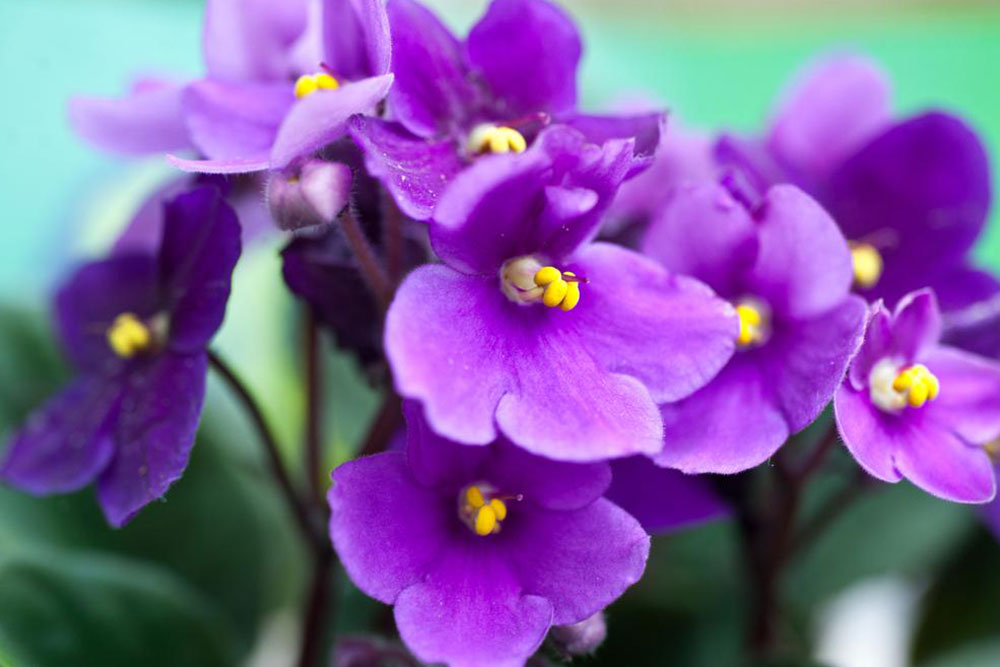Know your African violets
African violets are free of toxins causing no harm to your children and pets, giving you all the more reasons to bring this lovely plant with magnificent purple flowers home. This beautiful plant is also quite delicate. But the more you know about your African violets, the better you can care for them.
The light they need
African violets prefer bright light but not direct sunlight. If you are not able to make a judgment if the light you are providing the plants is sufficient or not, you can get the idea by observing the leaves closely. Reaction of leaves to the light tell all about what works for them and what doesn’t.

If the leaves are unusually dark green in color and thin, they are in low light and need more light than thats been provided. In case leaves are lighter in color and are turning yellow, they are getting more light than they need. Too high light results in slow growth of the plant. It will also impact the flowering as that will start to decrease.
Along with the light, whats important is the duration of light. Not more than 8 hours should the plant be kept in the dark in a day. 8-12 hours of light is sufficient for them.
Artificial light is also an alternative when natural light seems difficult.
The temperature they need
African violets prefer a pleasant temperature. Neither too hot nor too cold. Something between 60°F to 70°F is ideal for them. During summer or hot weather, place the plant in some cool place where the temperature is pleasant or can be maintained/conditioned so the flowering doesn’t reduce.
The base they need
Soil, pot and drainage are the base of African violet and any other plant for that matter. When it comes to soil, a perfect mixture of peat moss, vermiculite and perlite will do great for the plant. The pH in the soil mixture must be as per the requirement “ 6.0 “ 6.5. Pots can be of clay or plastic.
The watering they need
African violets are not too needy when it comes to water. Routine in watering is not essential as they grow properly when the soil around the roots is not damp or wet, but dry. However, evaporation in clay pots is more that in plastic hence watering can be frequent in clay pots.
The more information you have on your plant and the care it needs, the better you can help them grow and bloom. Keep educating yourself with as much information as possible.

